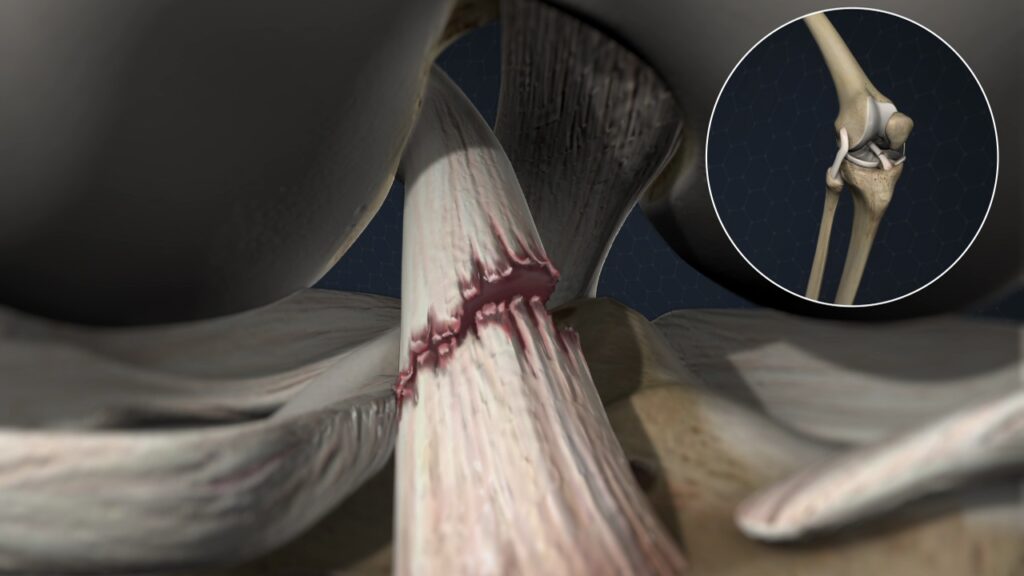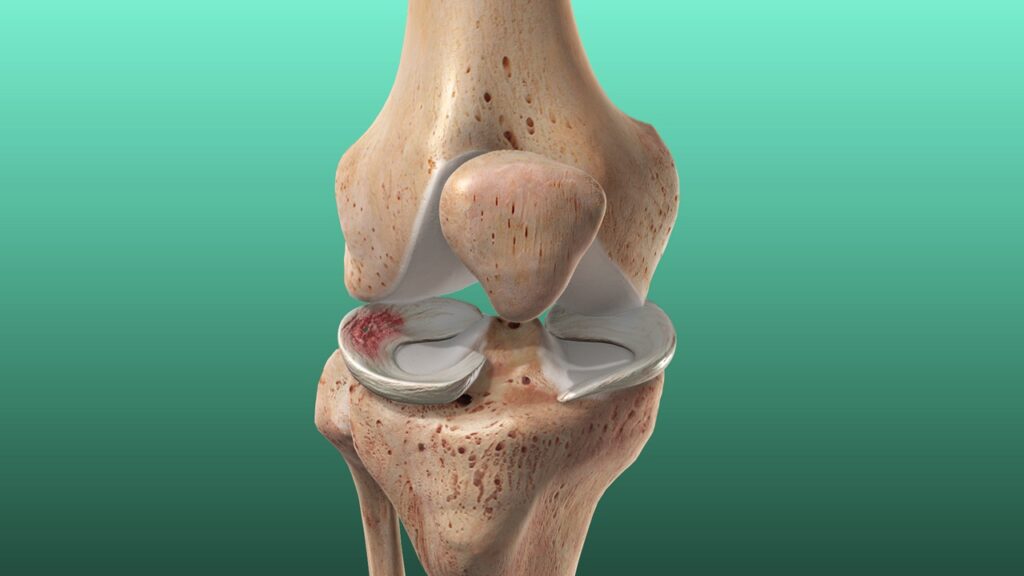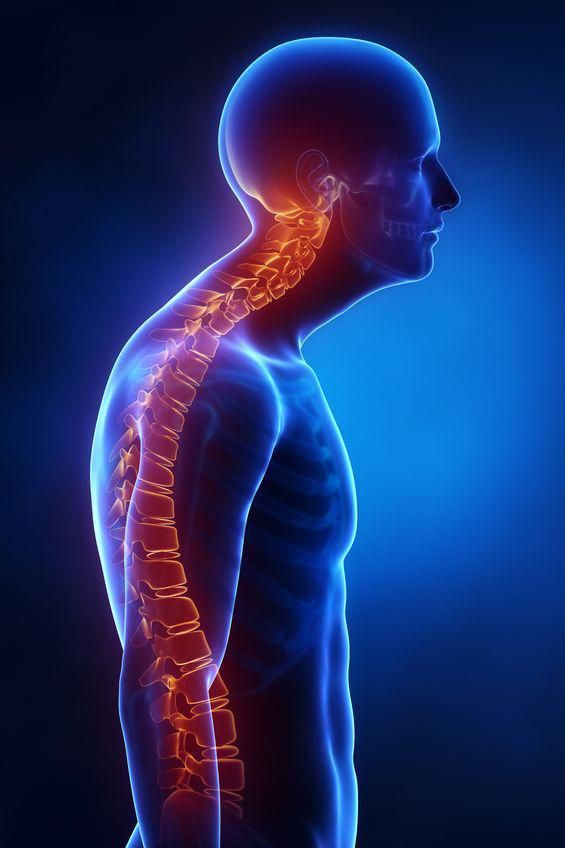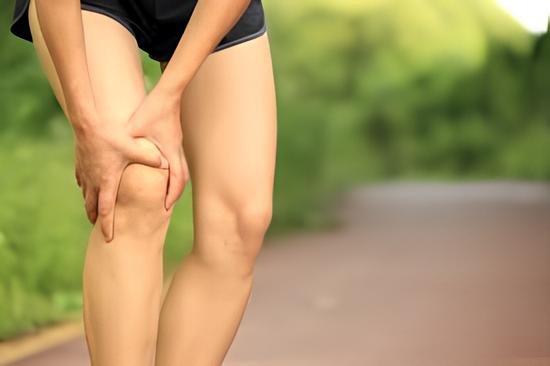Anterior Cruciate Ligament Injury
Introduction: Anterior Cruciate Ligament Injury commonly results from a fall from height with the knee in flexion and the body rotating on the stationary foot. This results in abnormal internal rotation of it tibia. Similarly, hyper flexion or hyperextension with internal rotation of the tibia can also produce it. Mechanism of injury: Anterior Cruciate Ligament …





